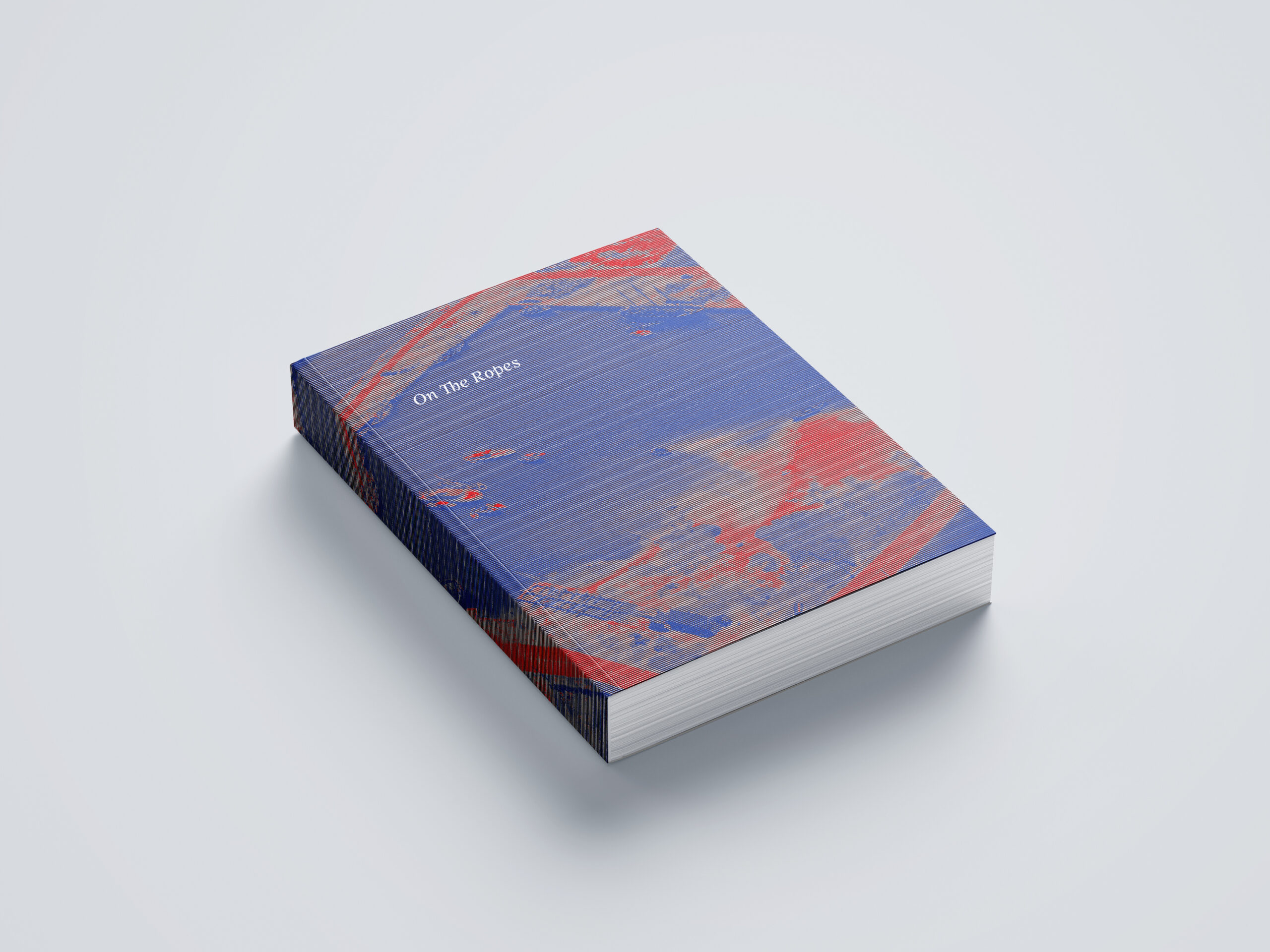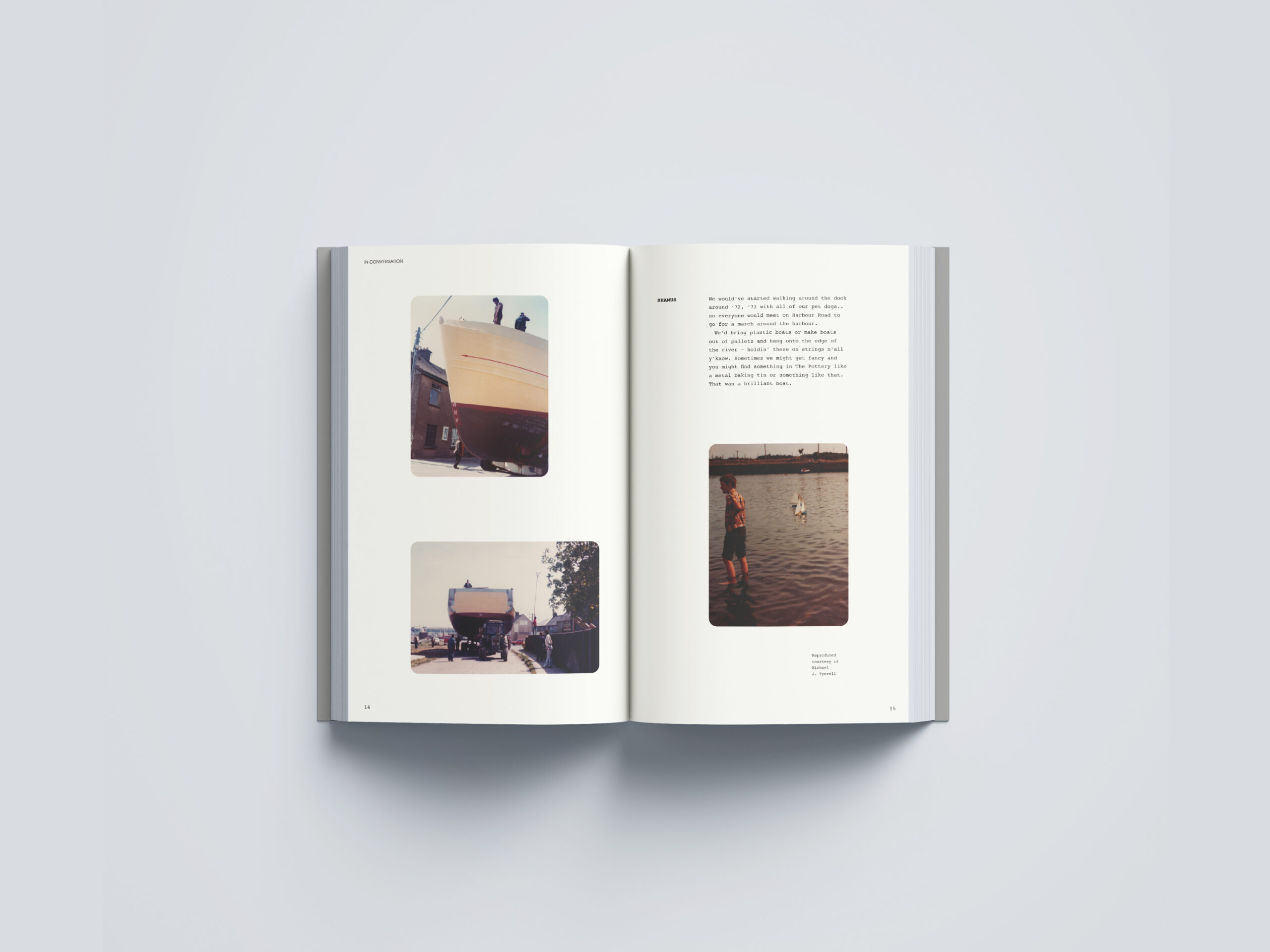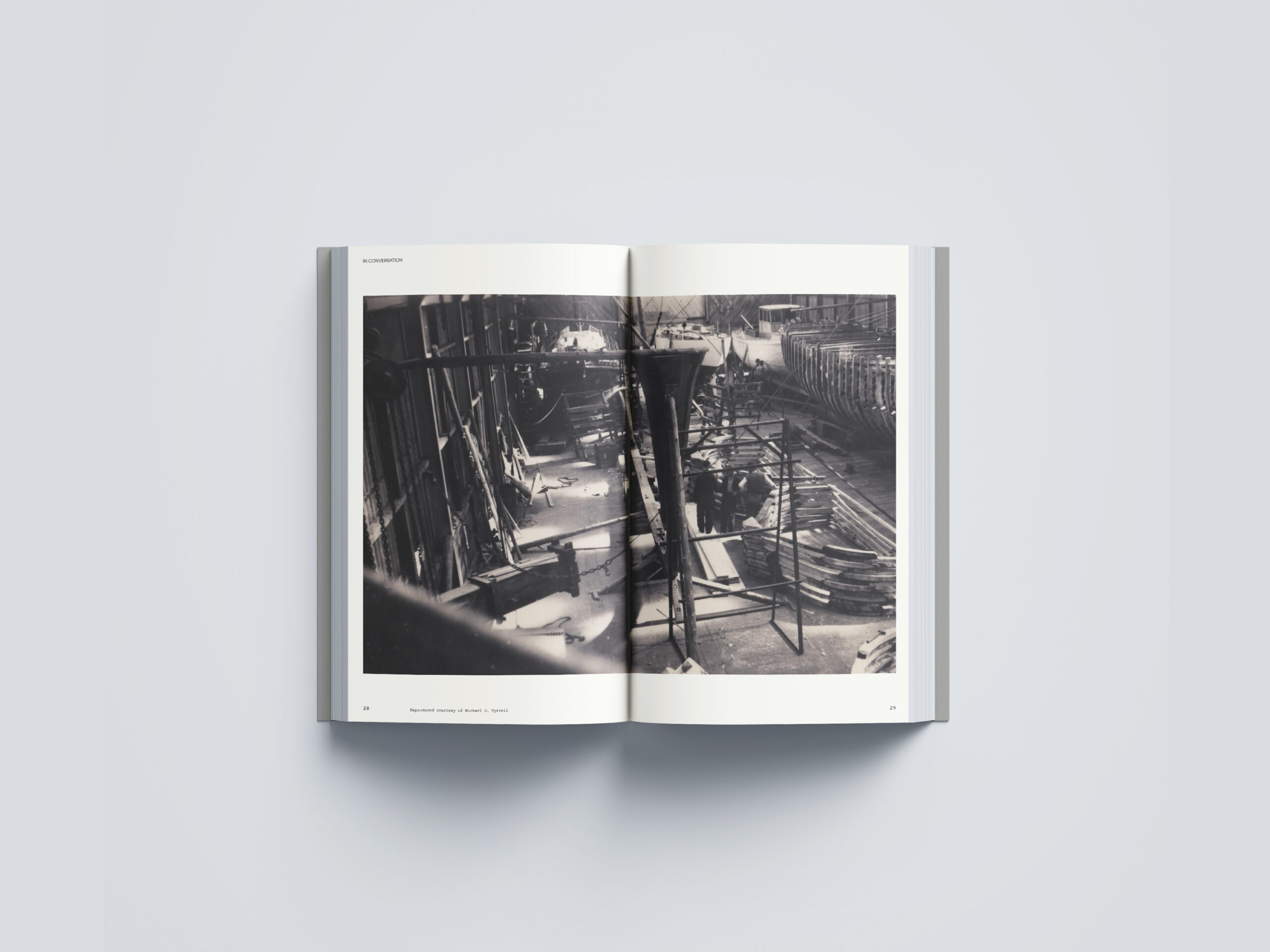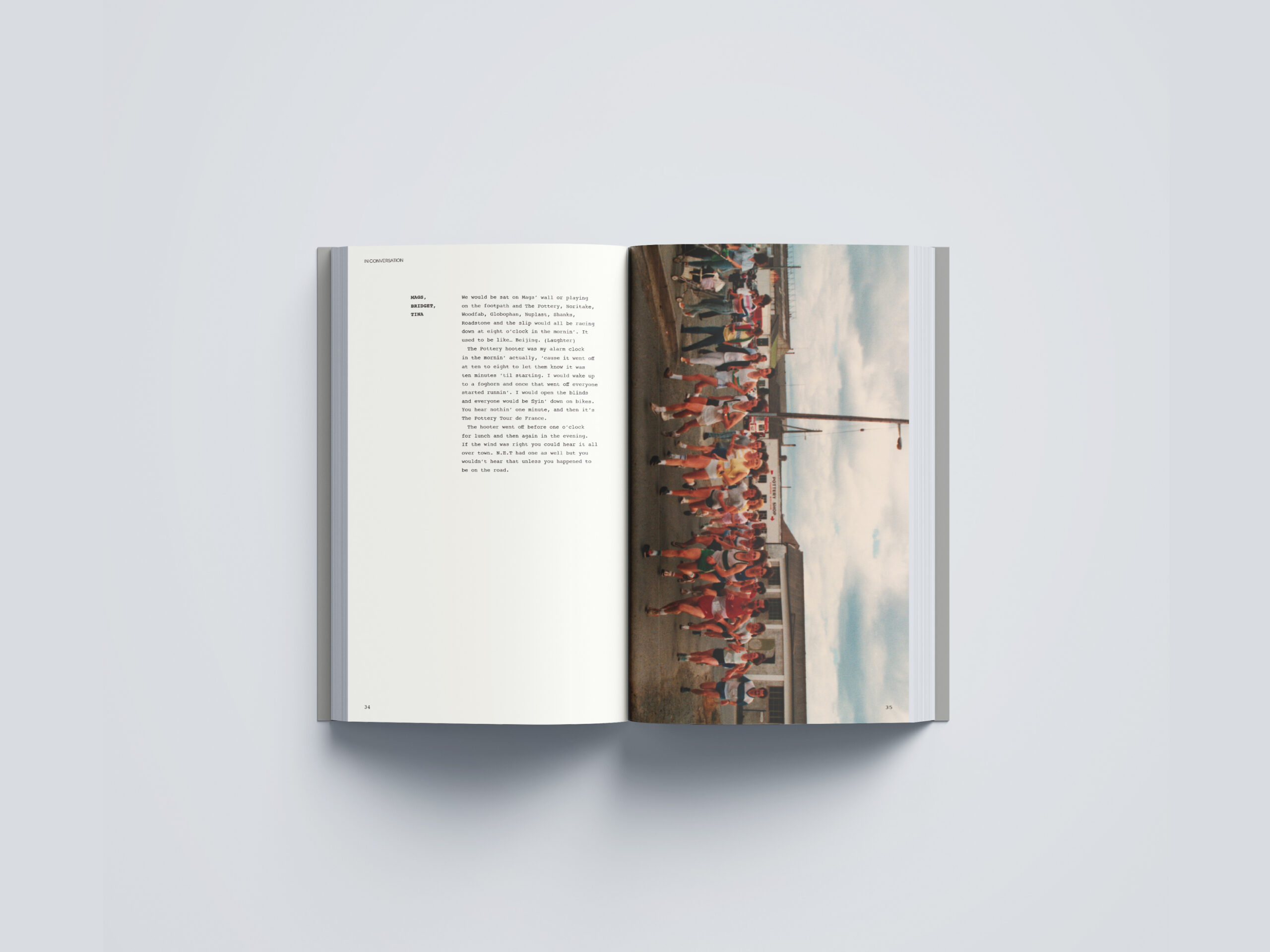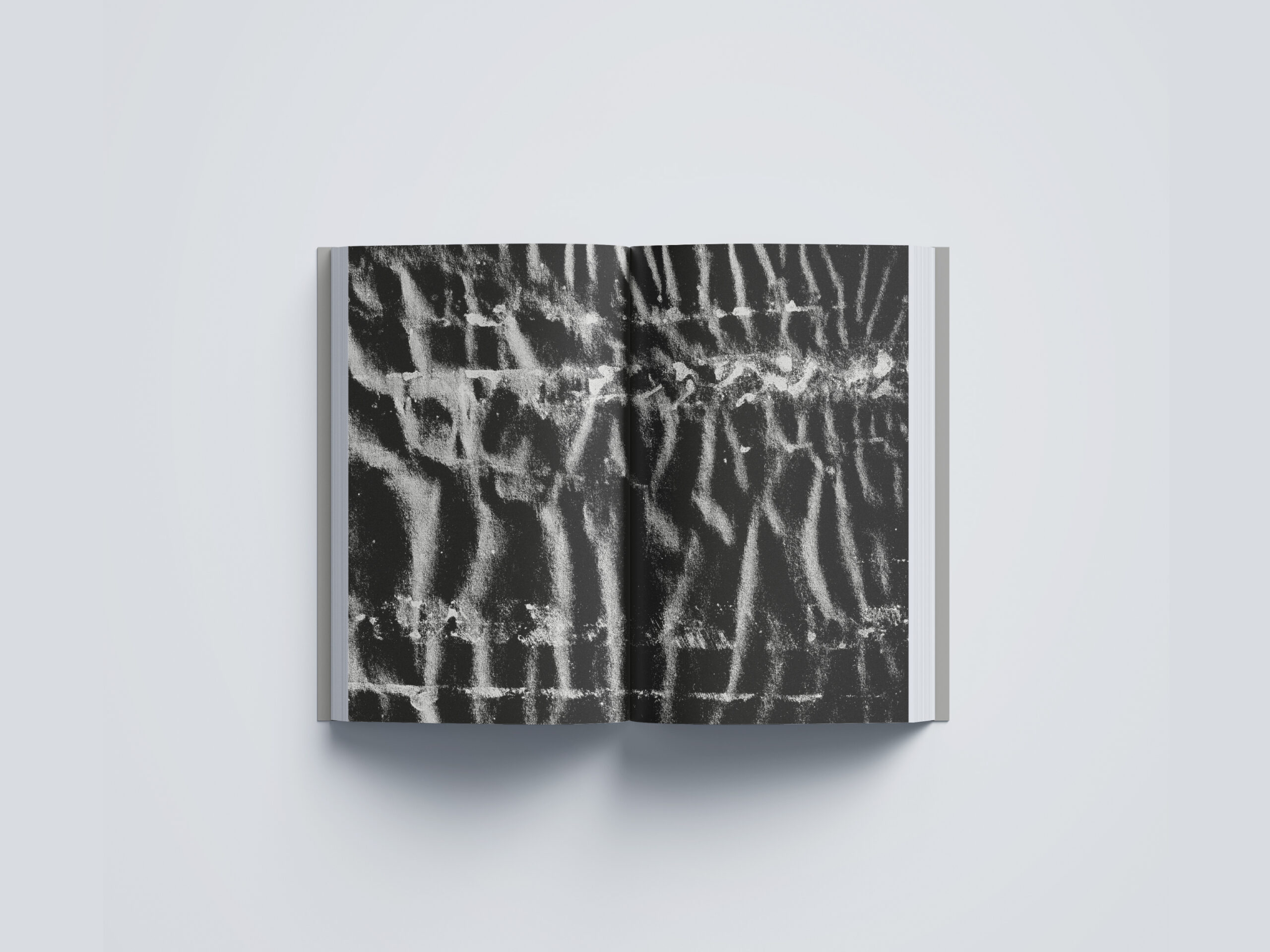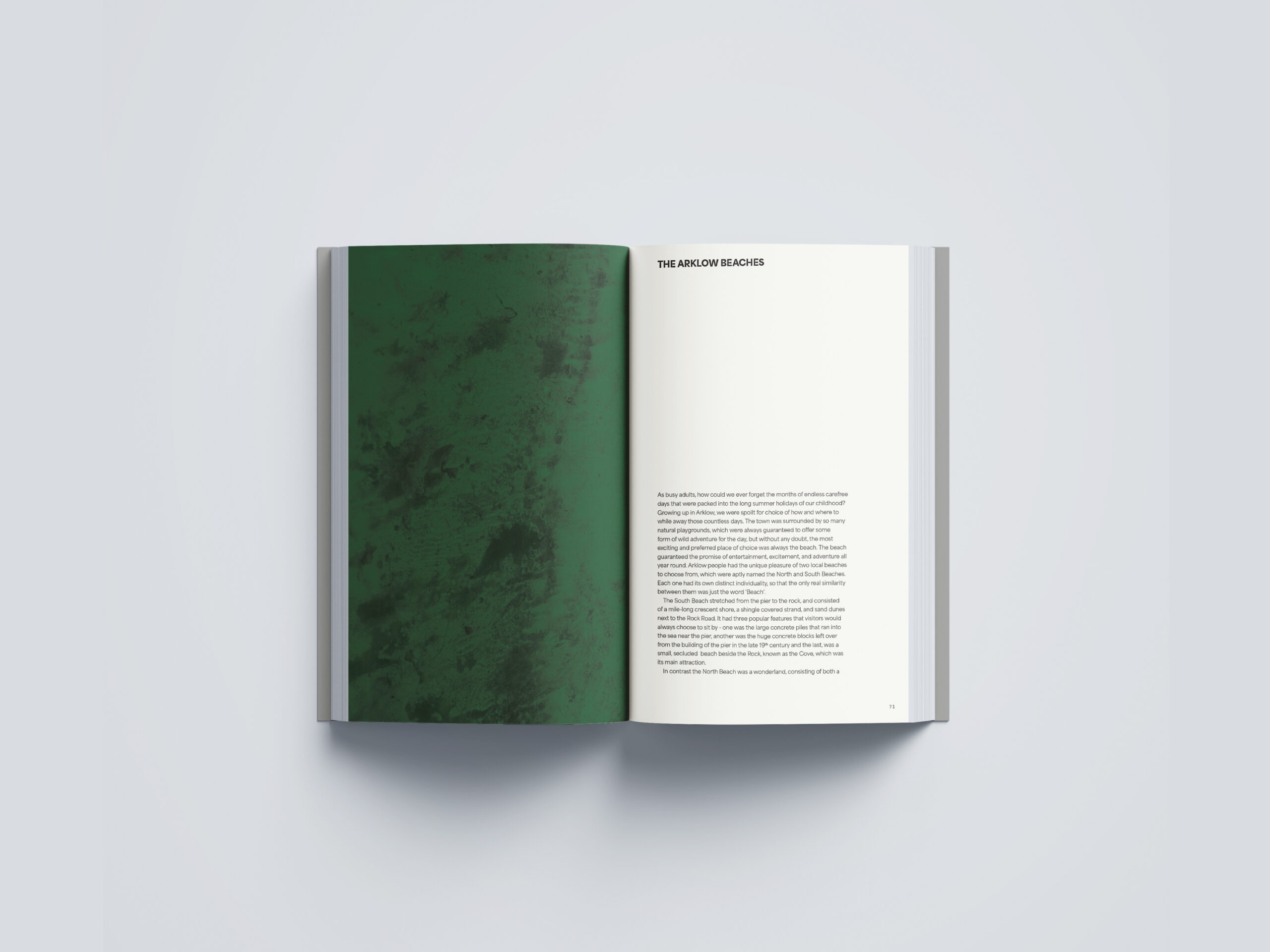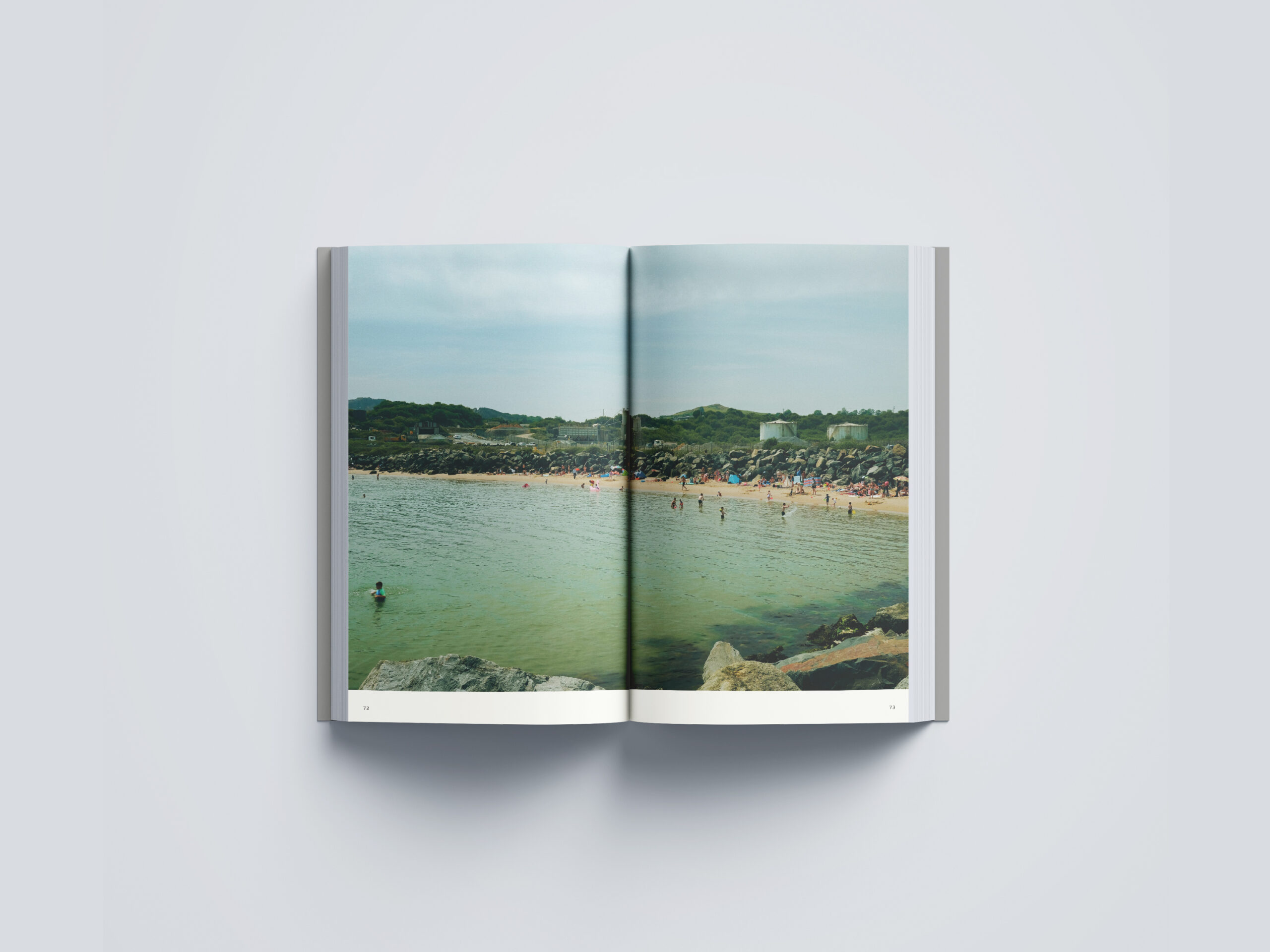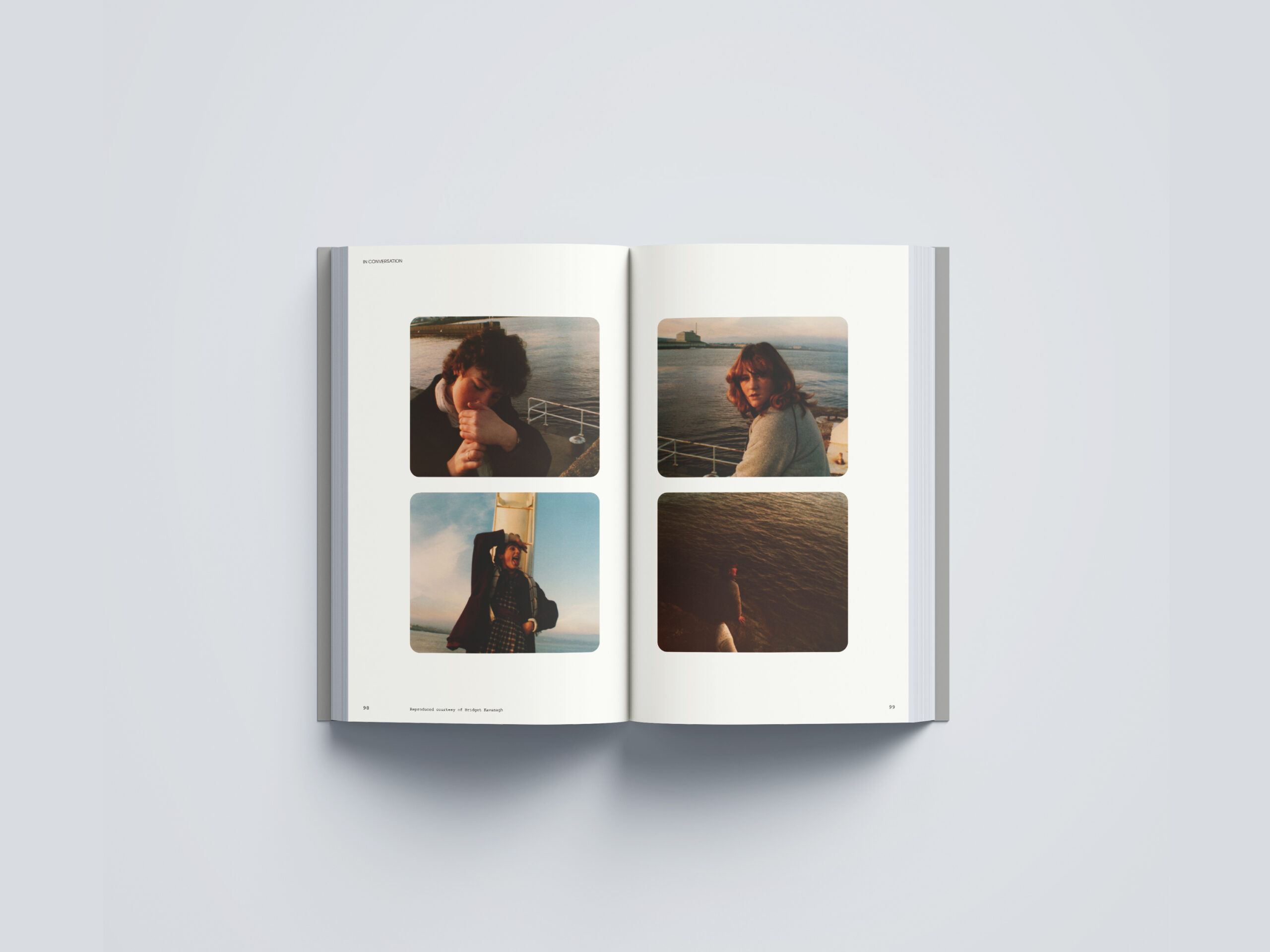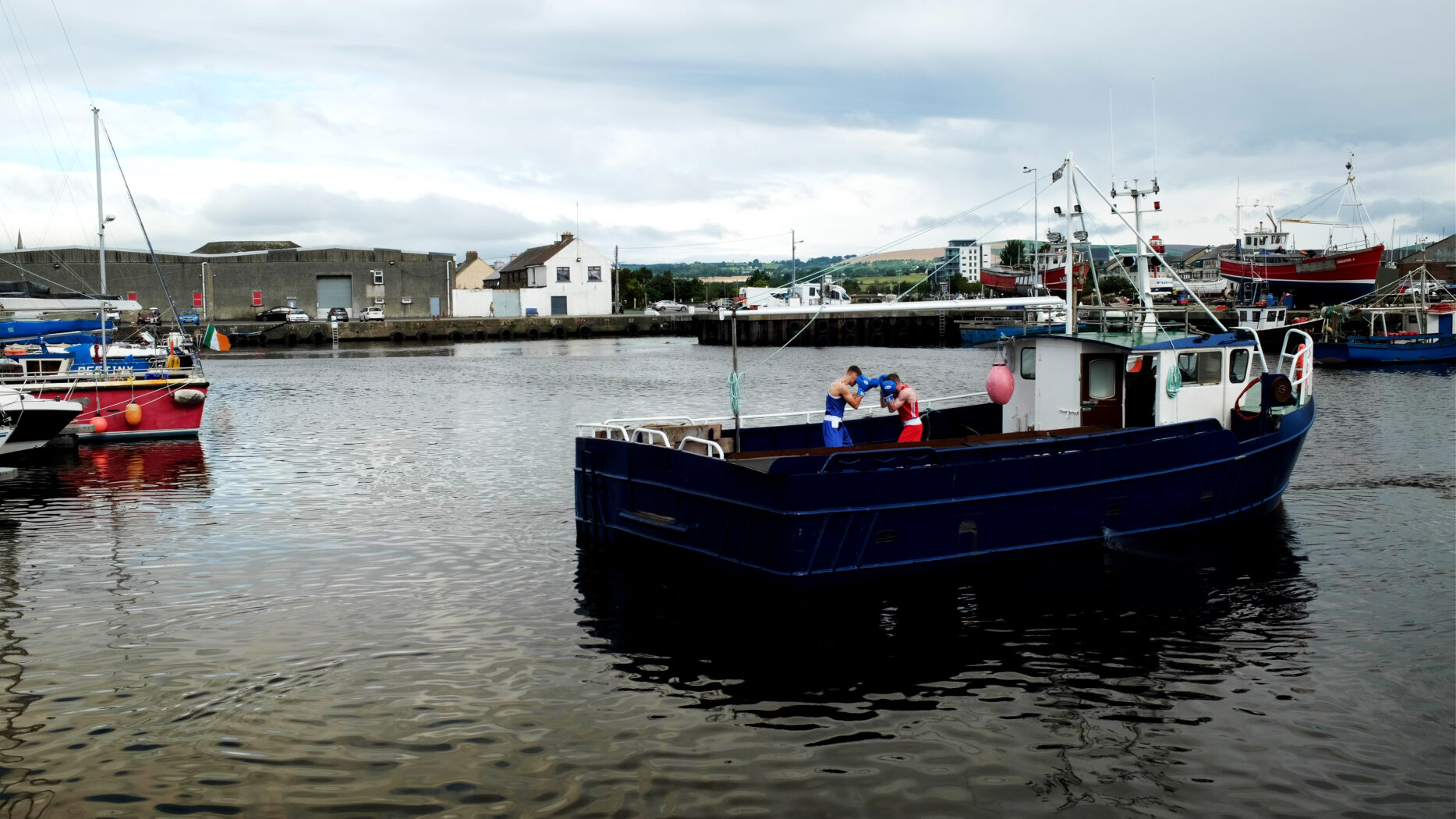
On The Ropes
The objective of this project is to challenge the fixed ideological representation of a post-industrial landscape by interrogating and documenting the cultural practice of The Fishery.
Arklow was arguably the most industrialized town in Ireland. The harbour – within the place-name of ‘The Fishery’ – served as the epicentre of community and industry for the town. Industries such as Nitrigin Éireann Teoranta, Arklow Pottery, Nuplast, Shanks, Roadstone, Noritake Porcelain, along with a long custom of boat building and fishing, provided a means of leisure, as well as labour. Since the official closing of Arklow Pottery in 1998 – the remains of terminated industries and the culture that came with it lay derelict.
Since the closing of industries, the representation of culture is embodied through the Arklow Town coat of arms which is used as an apparatus for communicating identity. The adoption of a Viking ship to convey cultural and economic industry was given precedence for its romanticized ideology.
While there are strong grounds for the name ‘Arklow’ deriving from Norsemen and boat building dating back to the 11th Century, the reliance on Vikings at a time of mass media and popular culture leads me to believe this was an assertion of region branding. The intention was to capitalize on these ideals for tourism trade, aiding in the towns branding strategy.
Although the adoption of the crest was initially intended for local authority and tourism, it has since been mobilized for parades and community programmes since the nineties. The representation of Arklow is consistently negotiated between the subordinate and dominant cultures - but under no circumstances to ever be “sullied” by workwear. This dominant ideology distorts meaning through overdetermined signifiers and places limits on the cultural production of the town.
Through embodying contradictions, hegemonic processes are transformed into lived experiences. The naturalization of Viking ideology makes the harbour inaccessible for new meaningful productions of knowledge which creates a sense of shame around our now derelict and polluted surroundings.
The Fishery has always been unstable due to the appalling working conditions of the harbour, erosion of the area and the pollution of cyanide and acid in the river caused by industries. Due to this cultural struggle, leisure was important in giving meaning and coping with the realities of the environment.
The objective of my research is to communicate the cultural practice of the place-name of ‘The Fishery’ as a primary force. I grew up in Arklow through the nineties when industries connected to the harbour ceased to exist after decades of being a source of employment and community purpose for the majority of the town. Along with having close connections to people that have an established history of living and working in The Fishery over the years, I have familial ties to fishermen and boatbuilders who still live along the quay.
As well as my extended family, my parents and an older sibling lived in The Fishery, before later moving nearby in the town.
I acknowledge, in this case, that I am on the periphery in that I have access to knowledge of the inner workings and culture of The Fishery, as opposed to most of my generation. While that is said, I am still of a generation that has little opportunity to make their own interpretation of culture in the town.
Through creating a visual language, by means of a film and publication, the intent is to demonstrate that the culture of the town is not determined as fixed objects while also negotiating boundaries of what can be permitted in a space.
Both the publication and film act as a journalistic piece to "give evidence" of another meaning of culture. Meaning is produced when we appropriate or make use of cultural things. This gives them value and significance. The publication consists of testimonials and essays documenting the relationship between leisure and labour alongside home photography. This ethnographic approach to visualising cultural practice gives a framework of intelligibility that will make active participants in breaking down the distorted cultural image of the case study that is Arklow town.
"It is our use of a pile of bricks and mortar which makes it a 'house'; and what we feel, think or say about it that makes a 'house' a 'home' - Stuart Hall
Stuart Hall argues that pop culture is a site defined by struggle for and against the dominant culture – “It is the arena of consent and resistance”.
Culture can be defined as a space for interpretive struggle. I was an active participant in grassroots sports. This facilitated a space for a universal language in which community can work towards one common goal.
Stuart Hall proposes that culture is simply ‘experience lived, experience interpreted and experience defined’. Drawing upon Foucault’s claim that individuals resist fixed identities and submission through exercising the body as a primary site of power, I relied on my positionality of occupying the space of dominantly masculine sports and using sparring as a tool in the process of my own identity-making.
Through the medium of film, this dialectic cultural struggle reveals commonalities, similar practices and values on the ground in which they are transformed. This dialogue between cultural participants enables the viewer to determine co-existing shared meanings. By narrowing the gap between generational cultural responses, this demonstrates the production and exchange of reciprocal cultural practice. The viewer can see that they are interpreting the world from a similar reference point.
Sounding for the detection of fishing shoals and the mapping of sea-beds began to make significant progress with the introduction and development of recording instruments. With the intention of documenting the effect the location has on the relationship between leisure and labour, the concept of an echo-sounder has the ability to challenge the finite representation of the harbour. In this case, culture is not homogenous nor a closed system.
The footage of maritime events alongside boxers creates a shared conceptual map and language of the culture we inhabit. The application of abstracted home footage combines a “theatre of struggle” – mapping the bed of the harbour through leisure and labour and negotiating the false dichotomy that comes with it. The film demonstrates that new and probing possibilities of creative construction are permissible in the harbour while mapping the continuing cultural activity of the town.
